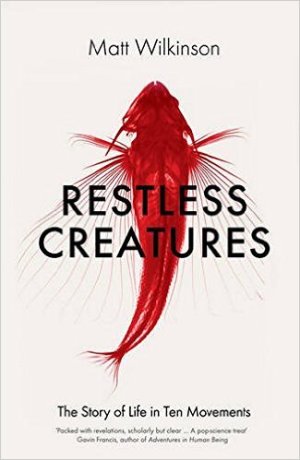 Empty World, John Christopher (1977)
Empty World, John Christopher (1977)
John Christopher wrote better prose than John Wyndham but came up with weaker images. I’ve never found anything in his books to match the golden-eyed super-children of Wyndham’s The Midwich Cuckoos (1957) or the walking, talking chlorophyllic killers of Wyndham’s The Day of the Triffids (1951).
But like Day of the Triffids, Empty World is a story about a world-wide wipe-out. Wyndham wiped out human civilization with a shower of green meteors that almost everybody watched and almost everybody was blinded by. After that, starvation, accidents and roaming triffids killed almost everybody. Christopher wiped out human civilization in a less spectacular but perhaps more powerful, because more believable, way: a plague of premature ageing. A disease appears that mimics the effects of progeria, the rare but disturbing condition that accelerates ageing so that children die of senility.
At first the plague of Empty World hastens the deaths of the truly old. Then it strikes the middle-aged, then adults in the prime of life, then teenagers, finally children. Everybody catches the disease and almost everybody dies of it, ageing by the day and slain by senility. The hero of the book is one of the very few who catch the disease and don’t die. He’s a teenager called Neil Miller and he’s already lost his entire family in a car-crash before the plague strikes. Empty World is written for teenagers and I think Christopher designed the book to appeal to teenage self-pity. Think you’ve got it bad? The hero of this book loses his family in a car-crash. Then he watches almost the entire human race get wiped out by a plague of accelerated ageing. So Empty World is what John Betjeman called “consolingly disastrous”: it’s about a big disaster that makes your own troubles seem minor and unimportant by comparison. And teenagers will appreciate that.
But there’s one bit of Empty World that I think will work more strongly on adults than on teenagers. I won’t describe it, but it’s a small tragedy amid the mass-death of the book’s opening chapters. In one way the tragedy has a very old theme, because it involves Neil watching people he cares about suffer and die at the hands of cruel and callous Mother Nature. But Christopher gives that tragedy a true science-fiction twist. SF is about taking an idea from some branch of science – physics or chemistry or biology – and letting it loose on the world. What if? This if! In Empty World, Christopher has let loose the idea of a progeria-plague. On a big scale, that idea wipes out civilization. On a small scale, it brings Neil to a tragedy that was one of the most moving things I’ve ever read.
There’s nothing to match the power of that small tragedy in the remainder of the book. Indeed, the most powerful part of Empty World is the emptying of the world. Once the world is empty and Neil is searching for other survivors, the interest flags. Everyone else who has survived is a teenager too and after two false starts – one survivor turns out to be mad, another turns out not to be a survivor after all – Neil finds two girls, Lucy and Billie, living amid the abandoned houses and emporia of empty London. One of these new characters, Billie, would make the book impossible to publish nowadays, because she’s an unsympathetic lesbian who doesn’t want Neil to intrude on the relationship she’s already forged with Lucy.
Her lesbianism isn’t made explicit, but it’s obvious in Christopher’s crimethinkful descriptions: Neil at first thinks Billie is a boy, then finds her unattractive and hostile, and so on. In fact, Billie’s boyishness would make her a potential member of the transgender community nowadays, so Christopher’s crimethink is even worse. He’s not just a lesbophobe but a transphobe. Burn the book! Burn it! That would be the reaction nowadays. Or rather, the reaction would be: Don’t publish it. But even Christopher’s crimethink can’t enliven the second half of Empty World. The book starts powerfully and ends poorly. Or so I think now, having re-read it as an adult.
As a teenager, I enjoyed it more and I found that its central idea stayed with me permanently. What would change if I lived in an empty world? How much of what I do in a full world would become meaningless or futile in an empty world? Much more than was comfortable to think about. In other words, Empty World had an afterlife. I’ve read better books and forgotten them completely. I’ve never forgotten Empty World and I’m glad to have come across it again and read it again. And I’m glad it’s the same edition as the one I first read, the Puffin one with the clever and haunting cover by an artist called Dave Holmes. He painted a series of doors opening into the emptiness of a cloud-cruised sky.
Elsewhere Other-Accessible…
• Powerful in Patches – review of John Wyndham’s The Kraken Wakes (1953) and The Midwich Cuckoos (1957)
• Chlorokill – review of John Wyndham’s The Day of the Triffids (1951)







